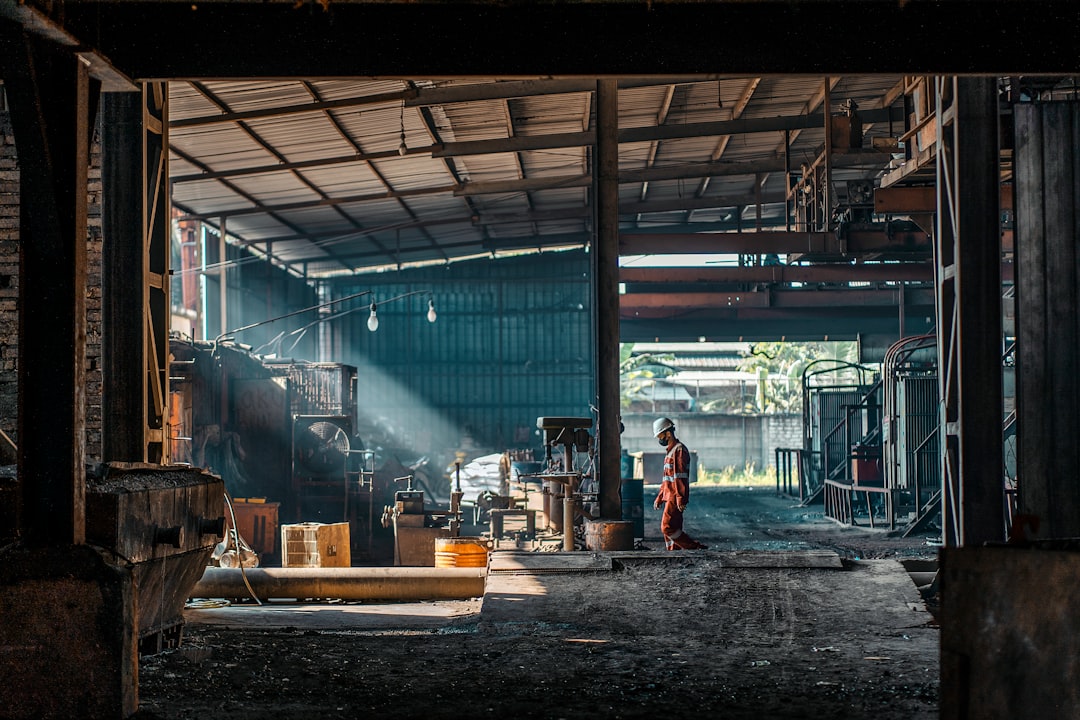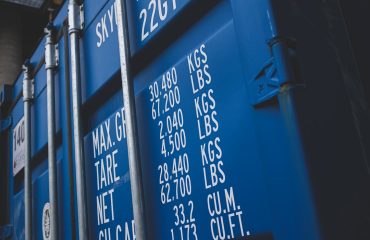The steel industry, a cornerstone of global infrastructure and manufacturing, relies heavily on efficient and resilient supply chains. From the extraction of raw materials to the delivery of finished products, each stage presents unique challenges and opportunities. This post delves into the intricacies of steel supply chain management, exploring key aspects and highlighting the importance of innovation and adaptation in this dynamic sector.
Sourcing Raw Materials: The Foundation of Steel Production
The journey of steel begins with its raw materials: iron ore, coal, and limestone. Securing a consistent supply of high-quality materials at competitive prices is paramount. This involves strategic sourcing from diverse geographical locations to mitigate risks associated with geopolitical instability, natural disasters, and price volatility. Steel producers often establish long-term contracts with mining companies to ensure a reliable flow of raw materials. Furthermore, the increasing focus on sustainability is driving the adoption of responsible sourcing practices, emphasizing environmental and social considerations throughout the supply chain.
Detailed analysis of ore grades, transportation costs, and geopolitical factors are critical components of this stage. Companies are increasingly leveraging data analytics to optimize sourcing decisions and predict potential disruptions. The use of blockchain technology is also gaining traction, enhancing transparency and traceability throughout the raw material supply chain.
Manufacturing and Production: Optimizing the Steelmaking Process
The steelmaking process itself is a complex operation requiring precise control over temperature, chemical composition, and other critical parameters. Efficient production relies on robust quality control systems, advanced automation technologies, and skilled labor. Modern steel mills employ sophisticated process control systems to monitor and optimize every stage of production, from melting and refining to casting and rolling. The integration of Industry 4.0 technologies, such as sensors, data analytics, and machine learning, is further enhancing efficiency and reducing waste.
Minimizing downtime is crucial for maximizing production output. Predictive maintenance techniques, utilizing data from sensors and historical performance, allow for proactive identification and resolution of potential equipment failures, reducing disruptions to the production process. Continuous improvement initiatives, such as Lean manufacturing principles, are implemented to streamline operations and eliminate bottlenecks.
Logistics and Transportation: Delivering Steel Efficiently
Efficient logistics and transportation are essential for delivering steel products to customers on time and in good condition. The sheer volume and weight of steel products necessitate a well-coordinated network of transportation modes, including rail, road, sea, and even inland waterways. Optimizing transportation routes, choosing appropriate modes of transport, and managing inventory levels are key aspects of this stage. The use of GPS tracking, real-time data analytics, and advanced route optimization software is improving efficiency and reducing transportation costs.
The increasing demand for just-in-time delivery necessitates a high degree of coordination between steel producers, logistics providers, and customers. This requires robust communication systems and collaborative planning to ensure that steel products reach their destination on time and without delays. Furthermore, sustainable transportation practices, such as the use of low-emission vehicles and optimized shipping routes, are gaining importance in minimizing the environmental footprint of steel delivery.
Inventory Management and Demand Forecasting: Balancing Supply and Demand
Effective inventory management is crucial for mitigating risks associated with supply chain disruptions and fluctuating demand. Steel producers employ various inventory management techniques, including just-in-time (JIT) inventory, buffer stock management, and vendor-managed inventory (VMI). Accurate demand forecasting is essential for optimizing inventory levels and avoiding stockouts or excess inventory. Advanced forecasting techniques, such as machine learning and statistical modeling, are increasingly used to predict future demand and improve planning accuracy.
The ability to accurately forecast demand is influenced by various factors, including macroeconomic conditions, construction activity, and automotive production. By integrating data from various sources, including market research, economic indicators, and customer order patterns, steel producers can develop more accurate forecasts and optimize their inventory strategies.
Emerging Technologies and the Future of Steel Supply Chain Management
The steel industry is undergoing a significant transformation driven by technological advancements. The adoption of digital technologies, including blockchain, artificial intelligence (AI), and the Internet of Things (IoT), is revolutionizing supply chain management. Blockchain technology enhances transparency and traceability throughout the supply chain, ensuring the ethical sourcing of raw materials and the authenticity of products. AI-powered systems are improving demand forecasting, optimizing production processes, and enhancing logistics efficiency. IoT sensors are providing real-time data on equipment performance, inventory levels, and transportation status, enabling proactive management and improved decision-making.
The integration of these technologies is leading to the development of smart factories and intelligent supply chains, characterized by greater efficiency, resilience, and sustainability. These advancements are not only improving operational efficiency but also enhancing the competitiveness of steel producers in a rapidly evolving global market.
The future of steel supply chain management lies in embracing innovation and adapting to the changing landscape. By leveraging emerging technologies and adopting sustainable practices, the steel industry can build more resilient, efficient, and environmentally responsible supply chains, ensuring the continued growth and success of this vital sector.
Tags: Steel Supply Chain, Steel Industry Logistics, Steel Manufacturing, Supply Chain Management, Steel Production




